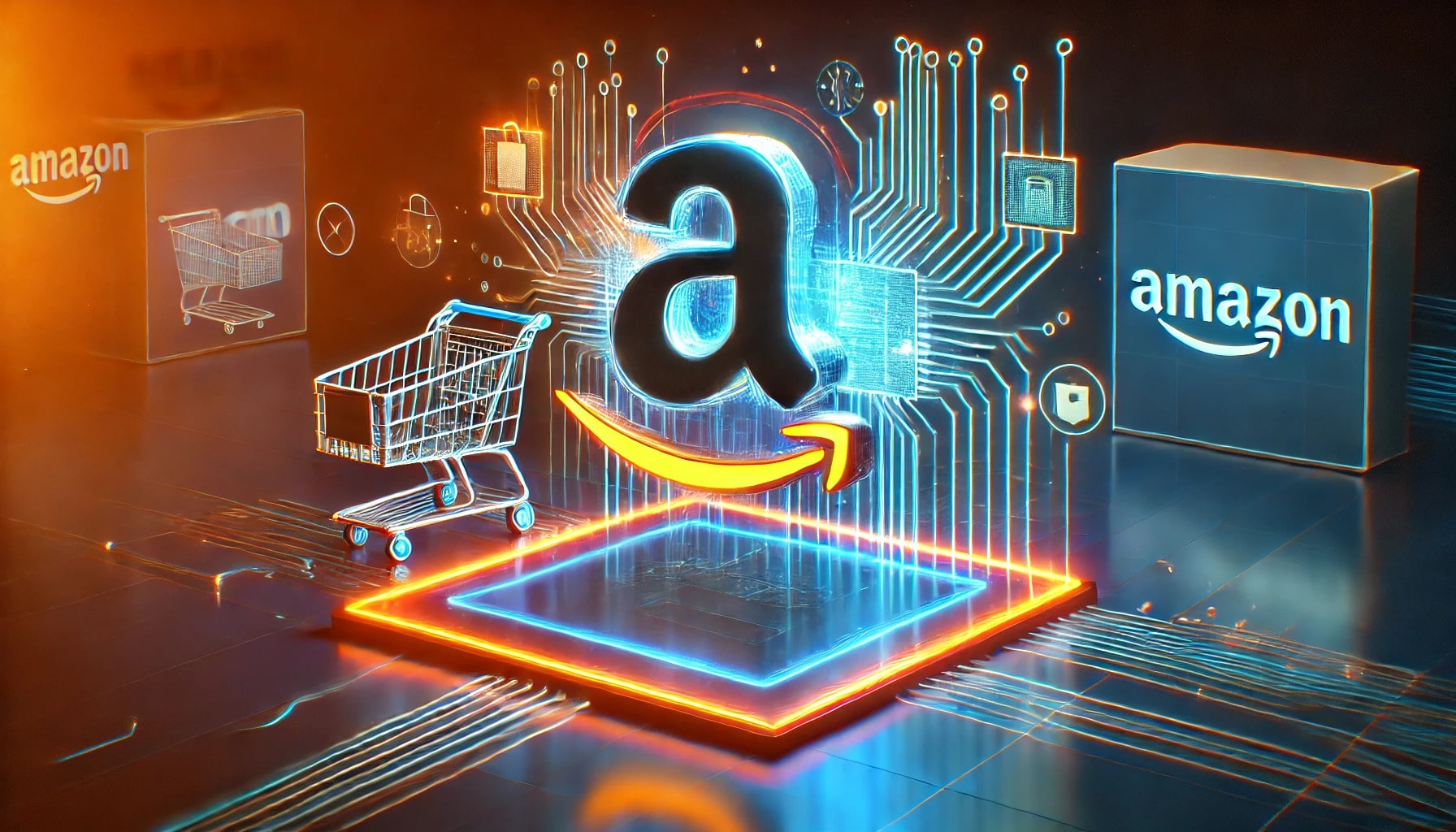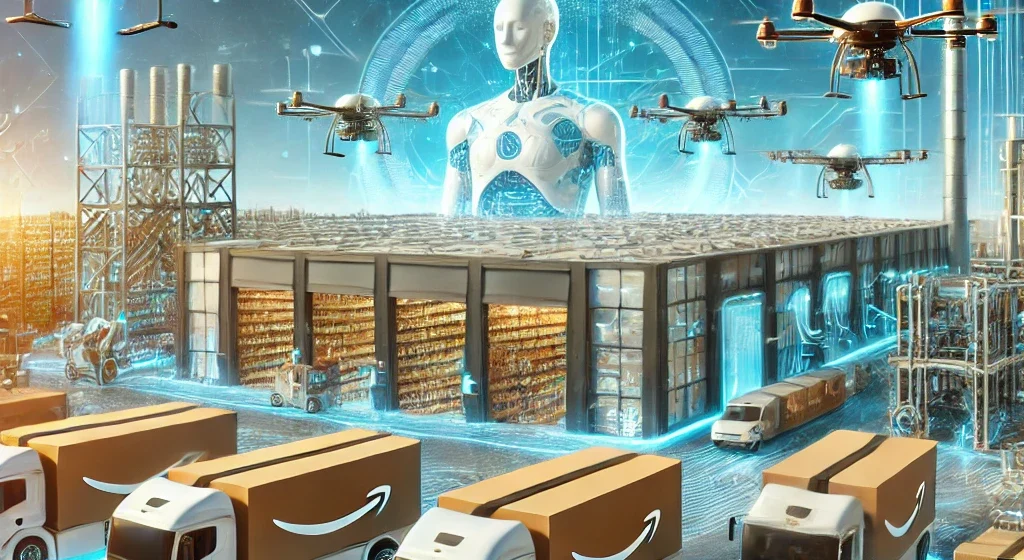The Future of Amazon AI, Automation, and the Next Tech Revolution
Amazon has evolved from an online bookstore into one of the most powerful companies in the world, influencing industries from e-commerce and cloud computing to artificial intelligence (AI) and logistics. As technology advances, Amazon is poised to revolutionize even more aspects of our daily lives through AI, automation, and next-gen innovations.
In this article, we will explore how Amazon is using AI and automation to shape its future, what challenges it faces, and what this means for consumers and businesses alike.

1. AI and Machine Learning: Powering Amazon’s Future
Amazon has long been a leader in AI, leveraging it across various areas to enhance efficiency, personalization, and automation. Some key ways Amazon is using AI include:
A. Alexa and Voice AI
- Amazon’s virtual assistant, Alexa, continues to evolve with improved natural language processing (NLP) and AI-powered personalization.
- The future of Alexa may include advanced predictive capabilities, allowing it to anticipate user needs before they even speak.
- Integration with smart home devices and AI-driven customer support will further expand Alexa’s role.
B. AI-Powered Recommendations and Search
- Amazon’s recommendation engine uses AI to analyze customer behavior and suggest products, increasing engagement and sales.
- Future improvements may involve hyper-personalized AI shopping assistants, offering tailored product suggestions based on mood, health data, or recent searches.
C. AI in Cloud Computing (AWS)
- Amazon Web Services (AWS) is the backbone of the internet, providing cloud computing to businesses worldwide.
- AI-driven advancements in machine learning (AWS SageMaker) and AI-powered cybersecurity will make AWS even more dominant in the tech space.
- The rise of Quantum Computing could be Amazon’s next big move, allowing businesses to solve complex problems at unprecedented speeds.
2. Automation in Warehouses and Logistics
Amazon has been investing heavily in automation, from its warehouses to delivery services, to improve efficiency and reduce costs.
A. Robotics in Fulfillment Centers
- Amazon’s Kiva robots already move inventory inside fulfillment centers, reducing human workload and increasing speed.
- Future warehouse innovations may include AI-powered robotic arms for sorting, picking, and packing items with greater precision.
- Fully automated fulfillment centers could become a reality, reducing the need for human labor in repetitive tasks.
B. Drone and Autonomous Deliveries
- Amazon Prime Air, the company’s drone delivery service, is expected to revolutionize e-commerce by reducing delivery times to minutes.
- AI-driven autonomous delivery robots (like Amazon Scout) will help bring orders directly to consumers’ doorsteps.
- Self-driving trucks and electric delivery vans will improve logistics and reduce Amazon’s carbon footprint.
C. Smart Supply Chain Management
- AI-driven predictive analytics helps Amazon anticipate demand and optimize inventory distribution.
- Automation in packaging and order sorting will further reduce delivery costs and enhance efficiency.
3. The Role of Amazon in the Next Tech Revolution
Beyond AI and automation, Amazon is expanding into new technological frontiers that could define the next tech revolution.
A. AI in Healthcare
- Amazon Clinic and Amazon Pharmacy are already changing how people access healthcare and medication.
- AI-powered diagnostics, virtual doctors, and automated health monitoring could be the next step.
- AWS’s health data analytics could help medical researchers find breakthroughs in disease treatment.
B. Amazon in the Metaverse and AR/VR
- Amazon may integrate AI and augmented reality (AR) shopping experiences, allowing customers to visualize products before buying.
- Metaverse commerce could enable Amazon to build virtual stores where people shop in an immersive 3D environment.
C. Space and Satellite Internet (Project Kuiper)
- Amazon’s Project Kuiper aims to provide global internet coverage using satellites, competing with SpaceX’s Starlink.
- AI-driven satellite networks could enhance connectivity for remote areas, further expanding Amazon’s digital empire.

4. Challenges and Ethical Concerns
While Amazon’s future is filled with innovation, it also faces significant challenges:
A. Privacy and AI Ethics
- AI-driven surveillance and Alexa data collection raise privacy concerns.
- The risk of biased AI algorithms could lead to discrimination in hiring, lending, and recommendations.
B. Workforce Automation and Job Losses
- As Amazon automates more jobs, concerns grow about the impact on warehouse workers and delivery drivers.
- The company may need to invest in reskilling programs to help workers transition to new roles.
C. Monopoly and Antitrust Scrutiny
- Governments worldwide are investigating Amazon’s dominance in e-commerce and cloud computing.
- New regulations could limit Amazon’s expansion or break up its business units.

5. Conclusion: What’s Next for Amazon?
Amazon is leading the charge in AI, automation, and emerging technologies. Its investments in AI-driven personalization, robotic automation, drone deliveries, cloud computing, and space technology will shape the future of e-commerce, logistics, and beyond.
However, the company also faces challenges, including privacy concerns, workforce automation, and regulatory scrutiny. How Amazon navigates these issues will determine whether it remains the dominant force in global technology and commerce.


Leave a Reply